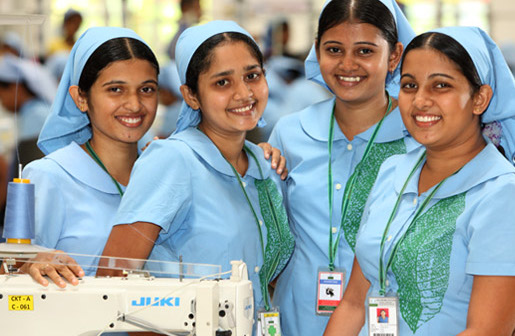Apparel is a trillion-dollar industry with complex global linkages for supplies, production and distribution, employing tens of millions worldwide. It’s also a source of chemical pollution of water and land, human rights abuses and untraceable supplies. Case in point, the Rana Plaza disaster of 2013.
Consumers are waking up. Consumers know that the products they consume or wear do not magically appear on shelves out of nowhere. They are demanding transparency, and are driving companies to improve their supply chain.
The benefits of ethical, sustainable supply chains are also becoming more widely known: economic justice for labor, security and resilience in materials, manufacturing and transport, brand value among consumers.
“The scale of change that is needed in apparel industry is systemic. One company cannot solve it alone.” Jason Kibby, executive director of the Sustainable Apparel Coalition, said at the SOCAP conference this week.
The SAC’s mission is to guide brands to take control of their impact. They have collected stakeholders from across the apparel, footwear and textile sector and helped to develop a tool to measure sustainability performance. Today the coalition is the largest in apparel, representing 40 percent of all global dollars in the industry.
Measurement isn’t sexy. However, SAC swears that building measurement standards in collaboration with competitors can make friends from foes. And once you have friends, you are free to compete on sustainability.
Rick Ridgeway, Patagonia’s vice president of environmental affairs, says it’s important not to let perfection get in the way of good enough. “We build on existing tools where possible and solicit equal partnership for all stakeholders,” he said.
SAC’s approach helps shift relationships between buyers and producers . One coalition member whose family had supplied textiles for three generations to Western buyers said she finally felt she was working in a post-colonial era. This same textile producer used the SAC’s performance standards, known as the Higg Index, to give her leverage to negotiate for her sustainability goals with buyers. She would only complete the assessment for buyers who had done it themselves, putting her as a producer on equal ground.
[seperator style=”style1″]Disclosure[/seperator]
Photo credit: The Hirdaramani Group, members of the Sustainable Apparel Coalition











